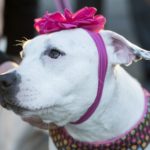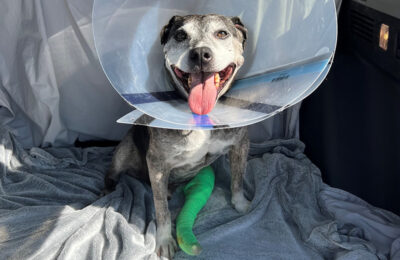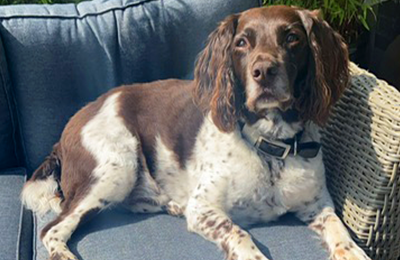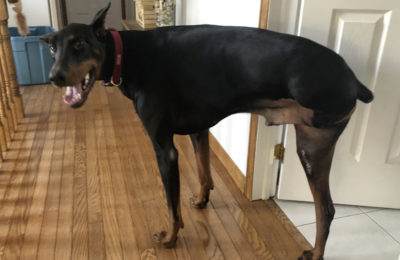Dr. Jennifer Hummel, DVM
Rolesville Veterinary Hospital (Rolesville, NC)
At our animal hospital, we’ve learned, over time, that assessing the right path for our patients is often a balancing act between the animal’s needs and the reality that their owners face each day.
For example, Bella, a 2.5-year-old spayed Rottweiler came to our hospital in January 2015 after having difficulty walking on both hind legs. Her owner restricted her activity for 2 weeks, but there were no visible signs of improvement. On the morning of her appointment, Bella tried to get up to go outside, and was unable to stand well on either back leg. When she walked, her owner could hear a popping noise. At our office, she was crouched and nervous; only walking short distances with hesitation. Physical exam findings revealed a positive drawer and tibial thrust in her left hind leg and a positive drawer in her right hind leg. We made a tentative diagnosis of bilateral cruciate disease.
When it came time to review options, it was obvious that this would not be a decision based simply on cost or quality of life. The owner, who serves as the primary guardian for a child with special needs, had to consider both affordability and her own ability to provide the right level of care for both Bella and her daughter after surgery.
After comparing the surgical options offered at our facility with those at a referral facility, Bella’s owner elected to proceed with a TightRope procedure on both hind legs. A fentanyl patch was placed and she was started on novox and gabapentin to prepare for surgery. Given the owner’s unique circumstances, we knew it would be critical to limit the amount of time she would spend juggling rehabilitation for Bella with her day-to-day responsibilities caring for her daughter. Performing a TightRope procedure on both hind legs in a single surgery limited the amount of time spent in rehabilitative care.
Surgery went well for Bella. During surgery, we discovered that Bella had torn not only her cranial cruciate ligaments in both of her knees but also her medial meninsci. On the morning after surgery, she was able to stand on both hind legs and, though she did show some discomfort, she walked outside with little assistance. Over the next few days, her strength improved and she was discharged. She returned every 2-3 days for laser therapy and a progress assessment. With each passing day, she has continued to improve and continued to be able to walk farther and farther on her own.
Both the choice in surgery and the ability to perform it on both legs at the same time helped Bella’s post-operative recovery. Beyond offering simply an affordable solution, we were able to offer one that allowed the owner to manage Bella at home while also juggling other responsibilities. Today, Bella continues to improve and is beginning to go on longer walks with her family.

